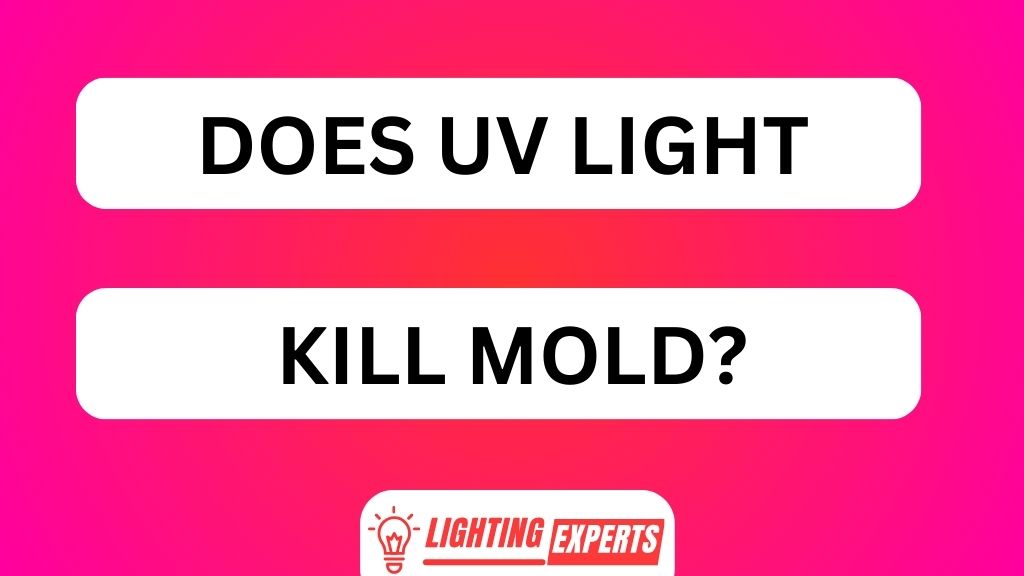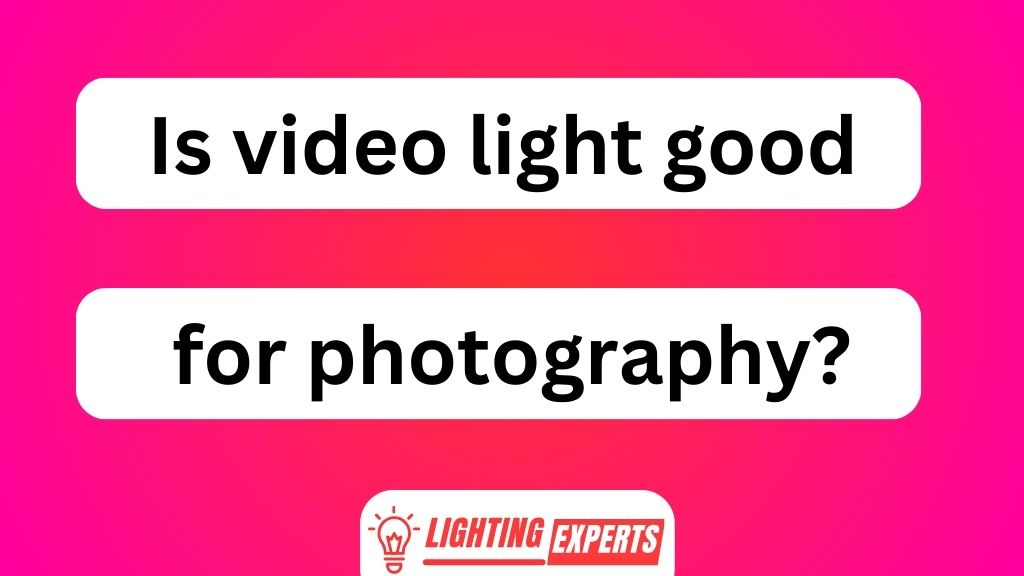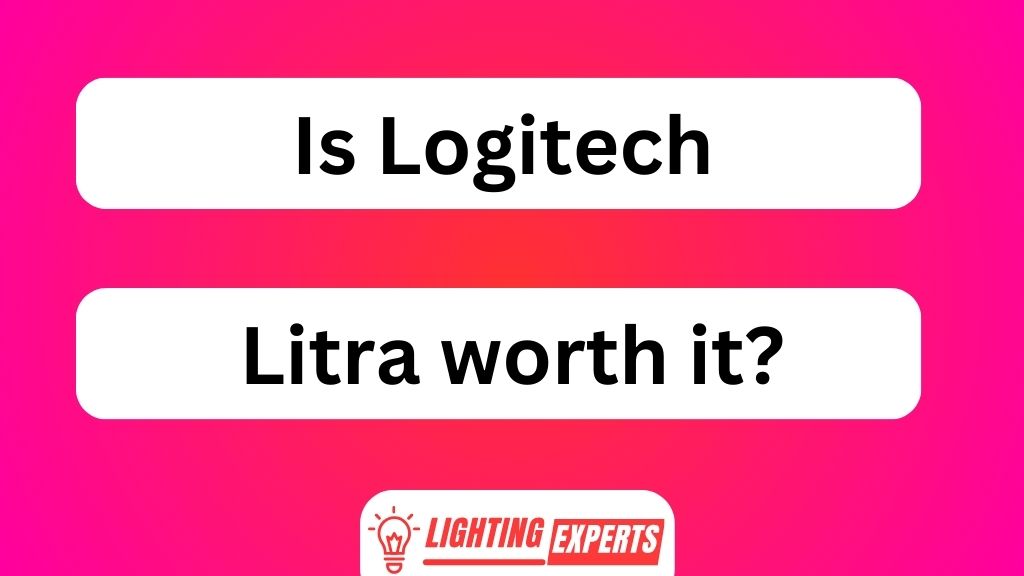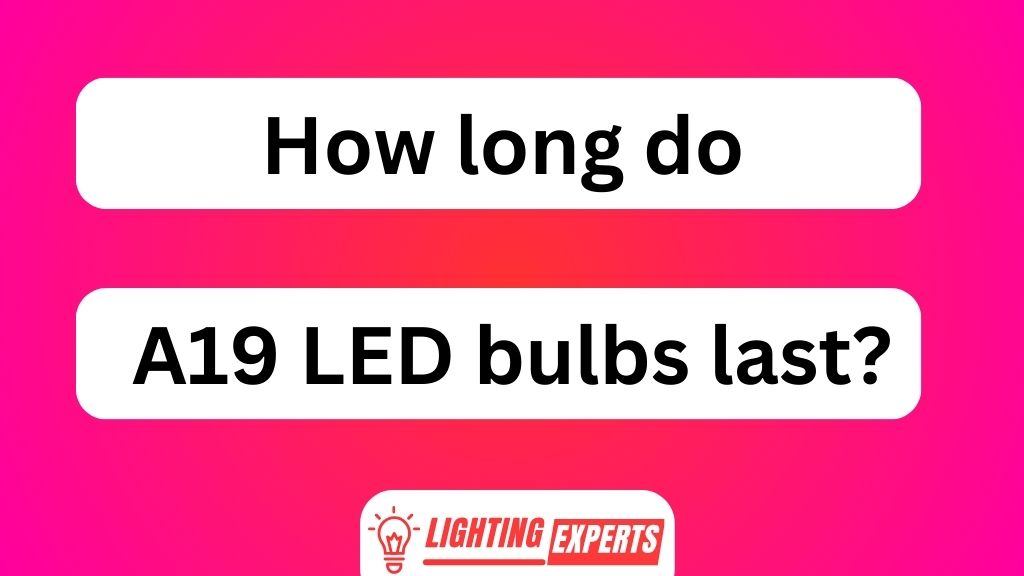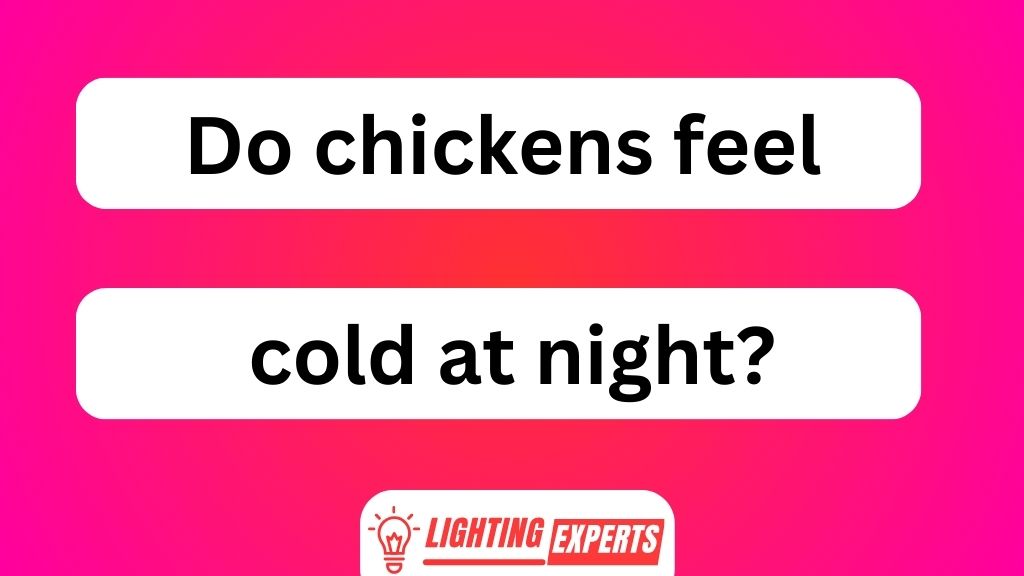In the realm of mold remediation, the effectiveness of ultraviolet (UV) light in eliminating mold has garnered considerable attention. This article aims to explore the scientific basis behind the use of UV light for mold treatment and provide an objective analysis of its advantages and limitations.
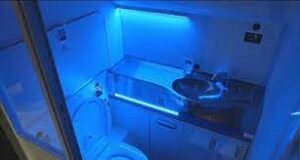
By delving into the mechanisms through which UV light affects mold growth, as well as considering key factors that influence its efficacy, this article offers a comprehensive overview of using UV light as a potential solution for mold eradication.
Key Takeaways of DOES UV LIGHT KILL MOLD
- UV light inhibits the growth and spread of mold.
- Certain types of mold, such as Aspergillus, Penicillium, and Cladosporium, can be effectively killed by UV light.
- UV light disrupts the DNA structure of mold, preventing reproduction and further spread.
- UV light exposure can reduce mold allergies and respiratory symptoms.
Understanding UV Light and Its Effects on Mold
UV light has been studied extensively in relation to its effects on mold growth and can have a significant impact on inhibiting the growth and spread of mold. The effectiveness of UV light on different types of mold has been explored in various studies. Researchers have found that UV light can effectively kill certain types of mold, such as Aspergillus, Penicillium, and Cladosporium.
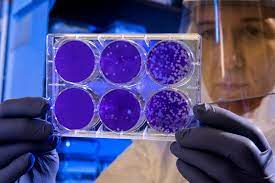
These molds are commonly found in indoor environments and can cause respiratory issues and allergies in humans. UV light exposure disrupts the DNA structure of these molds, preventing them from reproducing and spreading further.
Additionally, studies have also investigated the long-term effects of UV light exposure on mold growth. It has been observed that continuous exposure to UV light can lead to a reduction in mold growth over time. This indicates that UV light can be an effective method for controlling and preventing mold contamination in various settings.
The Science Behind Mold’s Sensitivity to UV Light
This discussion aims to explore the relationship between UV light and mold sensitivity, as well as the mechanisms through which UV light can destroy mold.
Previous studies have shown that certain types of mold are more sensitive to UV light exposure than others, with varying degrees of susceptibility.
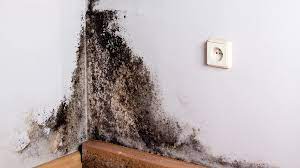
Understanding the scientific basis behind this sensitivity and the specific ways in which UV light can disrupt mold growth is essential for developing effective strategies for mold control and remediation.
UV Light and Mold Sensitivity
One factor to consider in relation to mold sensitivity is the potential impact of exposure to ultraviolet (UV) light.
UV light has been studied for its effects on allergies and respiratory health, and its potential role in reducing mold growth. Research suggests that UV light can inhibit the growth and reproduction of certain molds by damaging their DNA and proteins, ultimately leading to their death. This may be particularly beneficial for individuals with mold allergies or respiratory conditions, as it can help reduce their symptoms and improve overall air quality.
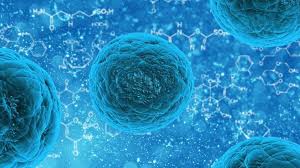
However, it is important to note that while UV light can be effective in controlling mold growth, it should not be considered a standalone solution. Proper moisture control and ventilation are also crucial in preventing mold proliferation and maintaining a healthy indoor environment.
Mechanisms of Mold Destruction
Exposure to certain wavelengths of electromagnetic radiation has been shown to disrupt the cellular structures of molds, leading to their eventual demise. This mechanism of mold destruction can be attributed to several factors:
- Photodamage: UV light damages the DNA and RNA molecules in molds, inhibiting their ability to replicate and survive.
- Oxidative stress: Exposure to UV light generates reactive oxygen species (ROS) within mold cells, causing oxidative damage that leads to cell death.
- Disruption of cellular processes: UV light interferes with the normal functioning of enzymes and proteins within molds, disrupting crucial metabolic pathways necessary for growth and survival.
Understanding these mechanisms is essential for preventing mold recurrence. By implementing strategies that target specific vulnerabilities in mold cells, such as using UV light treatments or incorporating UV-resistant materials, it is possible to effectively inhibit mold growth and minimize the risk of future infestations.
Exploring the Benefits of UV Light in Mold Remediation
UV light has been extensively researched and proven to have several benefits in mold remediation. The effectiveness of UV light on mold is well-documented, with studies demonstrating its ability to destroy mold spores and inhibit their growth.
One of the main benefits of using UV-C light in mold remediation is its ability to penetrate surfaces and reach hidden areas where traditional cleaning methods may not be effective. UV-C light can effectively kill mold by disrupting the DNA structure of the spores, rendering them unable to reproduce.
Additionally, UV-C light does not require the use of chemicals, making it a safe and environmentally friendly option for mold removal. Furthermore, UV-C light can be used as a preventive measure against mold growth by continuously disinfecting surfaces in areas prone to moisture buildup or high humidity levels.
Overall, the benefits of using UV-C light in mold remediation are significant, offering an effective and non-toxic solution for eliminating and preventing mold infestations.
Factors to Consider When Using UV Light to Kill Mold
When considering the use of ultraviolet radiation for mold eradication, it is important to take into account various factors that can impact its effectiveness. These factors include:
- Intensity and duration of UV exposure: The intensity and duration of UV light exposure are crucial in determining its efficacy in killing mold. Higher intensity and longer durations are generally more effective in eliminating mold spores.
- Distance from the UV source: The distance between the UV light source and the mold-infested area affects the amount of UV radiation reaching the target surface. Closer proximity ensures better coverage and higher efficiency.
- Surface reflectivity: The reflectivity of surfaces can influence how effectively UV light penetrates and kills mold. Highly reflective surfaces may require additional treatment or adjustments to ensure adequate exposure.
To achieve optimal results, it is essential to consider these factors when using UV light for mold eradication.
Following best practices will help maximize effectiveness while minimizing potential risks or limitations associated with this treatment method.
Best Practices for Using UV Light to Eliminate Mold
To ensure the effectiveness of UV radiation in eliminating mold, it is crucial to follow recommended guidelines and consider various factors such as intensity, duration, distance, and surface reflectivity. When using UV light for mold treatment, there are several best practices that should be followed.
Firstly, it is important to use high-intensity UV lamps that emit sufficient radiation to penetrate surfaces and kill the mold. Additionally, exposure duration should be optimized based on the specific type of mold being treated. The distance between the UV light source and the mold-infested area must also be carefully considered to ensure proper coverage without compromising safety. Finally, surface reflectivity plays a role in determining the efficacy of UV treatment; materials with high reflectivity may require longer exposure times or additional treatments for optimal results.
By adhering to these best practices, an effective evaluation of the effectiveness of UV light in eliminating mold can be achieved.
Transition sentence: Despite its potential benefits as a mold treatment method, there are certain limitations and risks associated with the use of UV light that need to be taken into account.
Potential Limitations and Risks of UV Light in Mold Treatment
One important aspect to consider when using radiation for mold treatment is the potential limitations and risks associated with its application. While UV light can be effective in killing mold, there are several factors that can limit its effectiveness and pose risks:
- Limited penetration: UV light has a limited range of penetration, meaning it may not reach all areas where mold growth is present.
- Surface coverage: In order to effectively kill mold, UV light needs to directly expose the entire surface area. Any hidden or obstructed areas may not receive sufficient exposure.
- Health hazards: Prolonged exposure to UV light can lead to skin and eye irritation or damage. It is important to use protective measures such as goggles and gloves when working with UV light.
Overall, while UV light can be a useful tool in mold treatment, it is crucial to understand its limitations and take necessary precautions to minimize risks.
Frequently Asked Questions
Can UV Light Be Used to Kill Mold in All Types of Surfaces and Materials?
The use of UV light for mold treatment on various surfaces and materials has both pros and cons. It is important to compare its effectiveness with other mold removal methods before determining its suitability in specific scenarios.
Does the Intensity of UV Light Affect Its Effectiveness in Killing Mold?
The effectiveness of UV light in killing mold is influenced by the intensity of the light. Higher intensities have been found to increase the efficacy of mold eradication, indicating a dose-dependent relationship between UV light and mold kill rate.
How Long Does It Typically Take for UV Light to Kill Mold in a Given Area?
The effectiveness of UV light on killing mold in a given area varies depending on the duration of UV light exposure and the specific species of mold. Further research is needed to determine the typical time required for UV light to kill mold.
Is It Necessary to Wear Protective Gear When Using UV Light for Mold Remediation?
The necessity of wearing protective gear when using UV light for mold remediation depends on the specific circumstances and the individual’s level of exposure. The effectiveness of UV light on different surfaces may vary, necessitating caution and appropriate safety measures.
Are There Any Long-Term Health Risks Associated With Exposure to UV Light During Mold Treatment?
Exposure to UV light during mold treatment may pose potential long-term health risks. Studies have suggested that prolonged exposure to UV radiation can lead to skin damage, including premature aging and an increased risk of skin cancer.
Conclusion
In conclusion, UV light has shown promise in effectively killing mold due to its ability to disrupt the DNA structure of mold spores. This powerful form of light penetrates deep into porous surfaces, reaching hidden mold colonies that may not be visible to the naked eye.
With proper application and adherence to best practices, UV light can be an effective tool in mold remediation efforts. However, it is important to note that while UV light can be a valuable component of a comprehensive mold treatment plan, it should not be relied upon as the sole method for eliminating mold.
